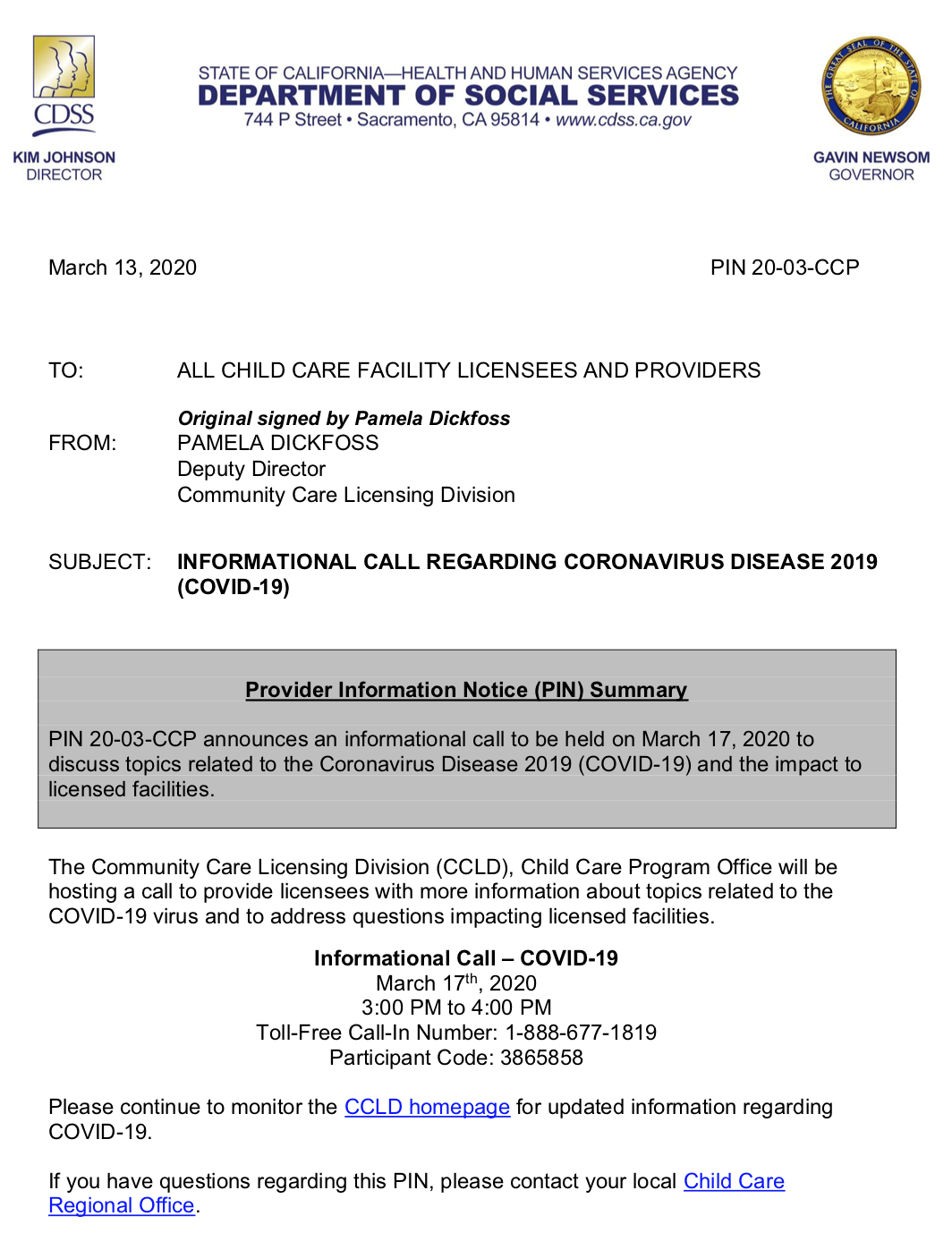
In some senses, Rockridge Little School has not changed since COVID-19 engulfed the Bay Area. Wooden blocks and cubbies still line the shelves. Small jackets still hang from the coat racks. Scraps of butcher paper from an unfinished art project lie scattered across the tables.
But after a three-month closure, the school shrank from 110 students to 30, forcing founder Holly Gold to close one of her three Oakland facilities. She and the teachers divided the remaining kids into pods and set up partitions to keep them from mingling: The red group uses a separate toilet and sink from the blue group, and children follow a trail of masking tape to stay in their contained area each morning.
Meanwhile, Gold is piling up debt from another school she remodeled in North Berkeley, in hopes of opening it this fall. Its future is uncertain.
During an interview Monday, she broke into tears.
“Everything was perfect and ready to go,” she said. “I have the staff, I have the school, I have the philosophy, I have this amazing space. I’m just hoping that September will be a turning point.”
Her financial burdens resemble those of child care programs throughout the state. Some have closed their doors permanently. Others opened reluctantly, fearing that a long-term closure would drive them out of business. Many are on the edge, unable to pay the rent and lacking money to buy snacks or cleaning supplies.
A new report from UC Berkeley’s Center for the Study of Child Care Employment presents the crisis in stark terms. After surveying 953 programs throughout California from June 22 to July 1, it concluded that the state’s attempt to restart the economy “has only escalated the crisis in California child care, exposing providers to the dual threats of health risk and the potential collapse of their programs.”
As the pandemic surges and counties stumble through the start-stop process of reopening, the child care industry — a vital crutch for working parents — is facing financial ruin. The report lays out a grim scene. Roughly a quarter of the programs remain closed, and of those that have opened, 77% have lost income from tuition and 80% now contend with higher cleaning costs.
“Providers are taking on credit card debt, missing rent or mortgage payments, and paying employees but not paying themselves,” said Sean Doocy, co-author of the report.
New social distancing rules have limited most programs to a fraction of their normal capacity, adding to the financial strain and creating a child care shortage just as parents prepare to return to work. Many who relied on public school as a path to child care are now casting about for babysitters, moving back home with grandparents or leaving the workforce altogether. Parents of kindergartners are trying to keep those children in preschool.
Yet the coronavirus has also exposed an unsettling social divide, as wealthy parents shell out for tutors and nannies, and lower-income parents compete for a dwindling number of child care spots or subsidies. The child care industry, a patchwork of small businesses and nonprofits run mostly by underpaid women of color, will now have to fill in for public schools that have closed.
Doocy and other experts are now grappling with the conundrum that child cares are struggling so much, at a time when they’re also desperately needed.
“We know educators in kindergarten through 12th grade are voicing concerns” about health risks of opening schools, he said. “They’re writing op-eds, they’re unionized, they have collective bargaining power not to go back to work.”
His voice fell. “That’s not the case with this workforce. These are economically disadvantaged women of color who live in communities that are more at risk of COVID-19.”
Beatriz Leyva-Cutler sees all sides of the child care puzzle in her role as executive director of the Bay Area Hispano Institute for Advancement, a Berkeley nonprofit that provides bilingual preschool and child care.
“There are different camps of families,” Leyva-Cutler said. “Some have resources. They can (pay for) an in-home nanny or they open their circles to collaborate with other families. Other parents are taking their children to work with them,” she said, noting that many people who work as nannies or caretakers now bring their own children along.
Still others have lost jobs and are now applying for child care subsidies so they can return to the workforce, Leyva-Cutler said. “With the limited (subsidy) slots we have, that means all the child cares will have long waiting lists.”
Kristin Bailey and her wife, Erica Simon, count themselves among the lucky. They live in Berkeley and still have steady jobs — Bailey managing a health care portfolio, Simon as a physician — earning enough to pay for nannies to look after their 3-year-old sons. But COVID-19 still added financial stress. The two moms had made a $2,000 deposit for a preschool, but decided not to send their children for fear of exposure to the coronavirus. They ate the loss and increased their nannies’ wages, which now hover at about $50,000 a year.
“We’re so lucky, and we’re just trying to do the best thing for everyone,” Bailey said. Nonetheless, she worries about what would happen if she got laid off.
“And then we’re doing a major left-hand turn,” she said.
In addition to financial hardships, many child care providers say they are frustrated with the state’s nebulous and inconsistent guidelines, some of which are difficult to implement. Of the programs interviewed for the UC Berkeley study, 34% said they cannot adhere to social distancing guidelines with young children. Twenty-seven percent say the guidelines are unclear. Some say the only way for the government to truly help is to offer more money.
San Mateo County is doing just that. On Tuesday, the Board of Supervisors earmarked $2 million in federal stimulus funds for child care, worried that a scarcity of these programs would prevent parents and caregivers from working.
Gold is contending with a different problem. She’s open for business in an area where families are more affluent, and have the income to hire nannies or babysitters. With fears of shared spaces still omnipresent, Gold is trying to lure them back.
On Tuesday morning, her big school on College Avenue seemed empty, with no one playing with the train set or sitting on the circular rug. But the kids who had come that day were happy, she said. Most were bouncing outside in the playground, behaving just as they had before shelter-in-place orders took hold.
“They’re having a great time,” Gold said. “I don’t think they’ve missed a beat.”
Rachel Swan is a San Francisco Chronicle staff writer. Email: [email protected] Twitter: @rachelswan
But after a three-month closure, the school shrank from 110 students to 30, forcing founder Holly Gold to close one of her three Oakland facilities. She and the teachers divided the remaining kids into pods and set up partitions to keep them from mingling: The red group uses a separate toilet and sink from the blue group, and children follow a trail of masking tape to stay in their contained area each morning.
Meanwhile, Gold is piling up debt from another school she remodeled in North Berkeley, in hopes of opening it this fall. Its future is uncertain.
During an interview Monday, she broke into tears.
“Everything was perfect and ready to go,” she said. “I have the staff, I have the school, I have the philosophy, I have this amazing space. I’m just hoping that September will be a turning point.”
Her financial burdens resemble those of child care programs throughout the state. Some have closed their doors permanently. Others opened reluctantly, fearing that a long-term closure would drive them out of business. Many are on the edge, unable to pay the rent and lacking money to buy snacks or cleaning supplies.
A new report from UC Berkeley’s Center for the Study of Child Care Employment presents the crisis in stark terms. After surveying 953 programs throughout California from June 22 to July 1, it concluded that the state’s attempt to restart the economy “has only escalated the crisis in California child care, exposing providers to the dual threats of health risk and the potential collapse of their programs.”
As the pandemic surges and counties stumble through the start-stop process of reopening, the child care industry — a vital crutch for working parents — is facing financial ruin. The report lays out a grim scene. Roughly a quarter of the programs remain closed, and of those that have opened, 77% have lost income from tuition and 80% now contend with higher cleaning costs.
“Providers are taking on credit card debt, missing rent or mortgage payments, and paying employees but not paying themselves,” said Sean Doocy, co-author of the report.
New social distancing rules have limited most programs to a fraction of their normal capacity, adding to the financial strain and creating a child care shortage just as parents prepare to return to work. Many who relied on public school as a path to child care are now casting about for babysitters, moving back home with grandparents or leaving the workforce altogether. Parents of kindergartners are trying to keep those children in preschool.
Yet the coronavirus has also exposed an unsettling social divide, as wealthy parents shell out for tutors and nannies, and lower-income parents compete for a dwindling number of child care spots or subsidies. The child care industry, a patchwork of small businesses and nonprofits run mostly by underpaid women of color, will now have to fill in for public schools that have closed.
Doocy and other experts are now grappling with the conundrum that child cares are struggling so much, at a time when they’re also desperately needed.
“We know educators in kindergarten through 12th grade are voicing concerns” about health risks of opening schools, he said. “They’re writing op-eds, they’re unionized, they have collective bargaining power not to go back to work.”
His voice fell. “That’s not the case with this workforce. These are economically disadvantaged women of color who live in communities that are more at risk of COVID-19.”
Beatriz Leyva-Cutler sees all sides of the child care puzzle in her role as executive director of the Bay Area Hispano Institute for Advancement, a Berkeley nonprofit that provides bilingual preschool and child care.
“There are different camps of families,” Leyva-Cutler said. “Some have resources. They can (pay for) an in-home nanny or they open their circles to collaborate with other families. Other parents are taking their children to work with them,” she said, noting that many people who work as nannies or caretakers now bring their own children along.
Still others have lost jobs and are now applying for child care subsidies so they can return to the workforce, Leyva-Cutler said. “With the limited (subsidy) slots we have, that means all the child cares will have long waiting lists.”
Kristin Bailey and her wife, Erica Simon, count themselves among the lucky. They live in Berkeley and still have steady jobs — Bailey managing a health care portfolio, Simon as a physician — earning enough to pay for nannies to look after their 3-year-old sons. But COVID-19 still added financial stress. The two moms had made a $2,000 deposit for a preschool, but decided not to send their children for fear of exposure to the coronavirus. They ate the loss and increased their nannies’ wages, which now hover at about $50,000 a year.
“We’re so lucky, and we’re just trying to do the best thing for everyone,” Bailey said. Nonetheless, she worries about what would happen if she got laid off.
“And then we’re doing a major left-hand turn,” she said.
In addition to financial hardships, many child care providers say they are frustrated with the state’s nebulous and inconsistent guidelines, some of which are difficult to implement. Of the programs interviewed for the UC Berkeley study, 34% said they cannot adhere to social distancing guidelines with young children. Twenty-seven percent say the guidelines are unclear. Some say the only way for the government to truly help is to offer more money.
San Mateo County is doing just that. On Tuesday, the Board of Supervisors earmarked $2 million in federal stimulus funds for child care, worried that a scarcity of these programs would prevent parents and caregivers from working.
Gold is contending with a different problem. She’s open for business in an area where families are more affluent, and have the income to hire nannies or babysitters. With fears of shared spaces still omnipresent, Gold is trying to lure them back.
On Tuesday morning, her big school on College Avenue seemed empty, with no one playing with the train set or sitting on the circular rug. But the kids who had come that day were happy, she said. Most were bouncing outside in the playground, behaving just as they had before shelter-in-place orders took hold.
“They’re having a great time,” Gold said. “I don’t think they’ve missed a beat.”
Rachel Swan is a San Francisco Chronicle staff writer. Email: [email protected] Twitter: @rachelswan





 RSS Feed
RSS Feed